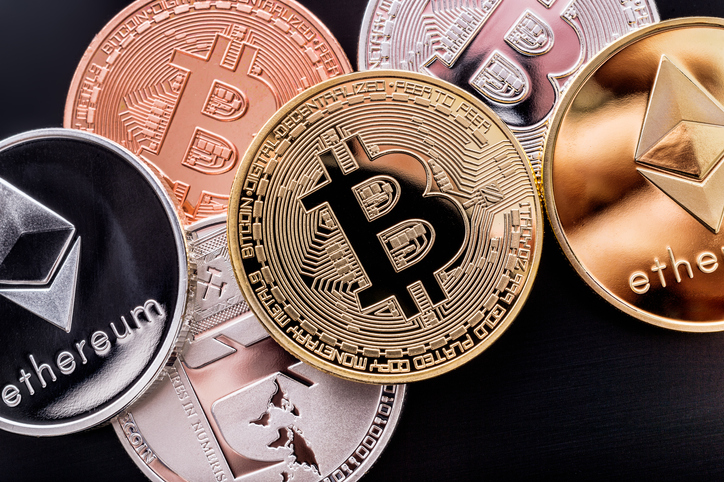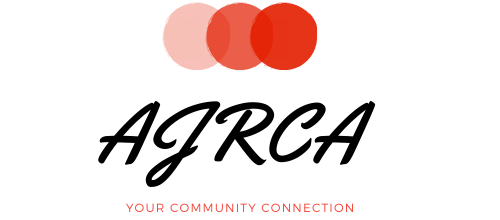Cryptocurrency mania is in full force and many people are throwing their money at the “latest and greatest” token or coin offering.
First, let’s attempt to distinguish between a token and a coin.
Tokens tend to be a currency that is needed to run a specific software application in a specific business model. An analogy is the Chuck E. Cheese tokens needed to play video games in their arcade. You trade your hard currency for cheap tokens to put in the machines to make them run.

The reasons for using a token are many:
The tokens can be of any size (think microtransactions) and can be cheaper to transact if they are centrally issued and processed (which removes the need to have an expensive mining/blockchain model). This comes at the cost of giving up censorship resistance as the issuer/administrator can reverse transactions “at will” or under the pressure of outside influence.
Tokens are a great way to “pre-sell” products and services. Think of them as pre-sold gift cards that can be redeemed for the goods and services of the issuer. They are a contingent liability of the merchant issuer.
Breakage. Many of the tokens will be lost or go unused resulting in profits to the issuer.
Tokens are a great way to raise money for a startup or growing company.
“Coins” are more like “community currencies” or “affinity currencies” and are for the sole purpose of creating an alternative currency. Their success is dependent upon both their monetary features (scarcity, censorship resistance, etc.) and the willingness of the community to trade their goods and services for it. They can be built and promoted around affinity groups like “cat lovers” or “belly dancers”, etc.
“Community currencies” have arisen from the most highly valued commodities – evolving into a medium of exchange within those communities. Gold (being durable, divisible, and scarce) became one of the most popular in previous times.
It is the most useful commodity that becomes the primary medium of exchange.
Nevertheless, there always exists certain sub-communities and affinity groups that, for whatever reason, choose certain commodities as their own preferred medium of exchange. The ultimate value of these currencies rests upon what someone is willing to trade for it. The most commonly accepted are the most liquid. Those holding the minority currency face ongoing liquidity challenges. Without strong enough support by their respective communities these currencies can wither and die.

There are many community currencies in the crypto space with bitcoin being the largest and most liquid. In fact, due to its size, acceptance and immutability, it has become the primary (and often only) gateway to all other coins/tokens.
Tokens and coins often overlap in their uses as described above.
While there is no end in site for the current novelty of these technologically-enhanced financial instruments, be careful to not let it cloud your judgement when evaluating potential opportunities.
A key point to remember is that most startups fail and, if they have issued a special purpose token, it is likely that the token will fail along with it. Caveat emptor.




